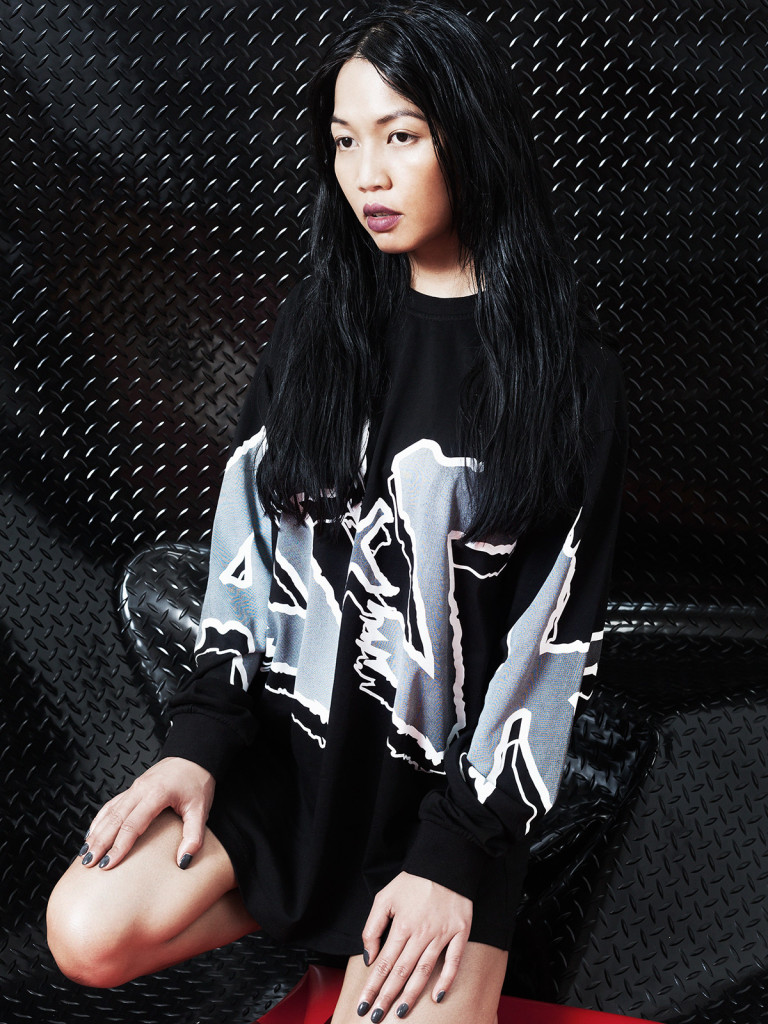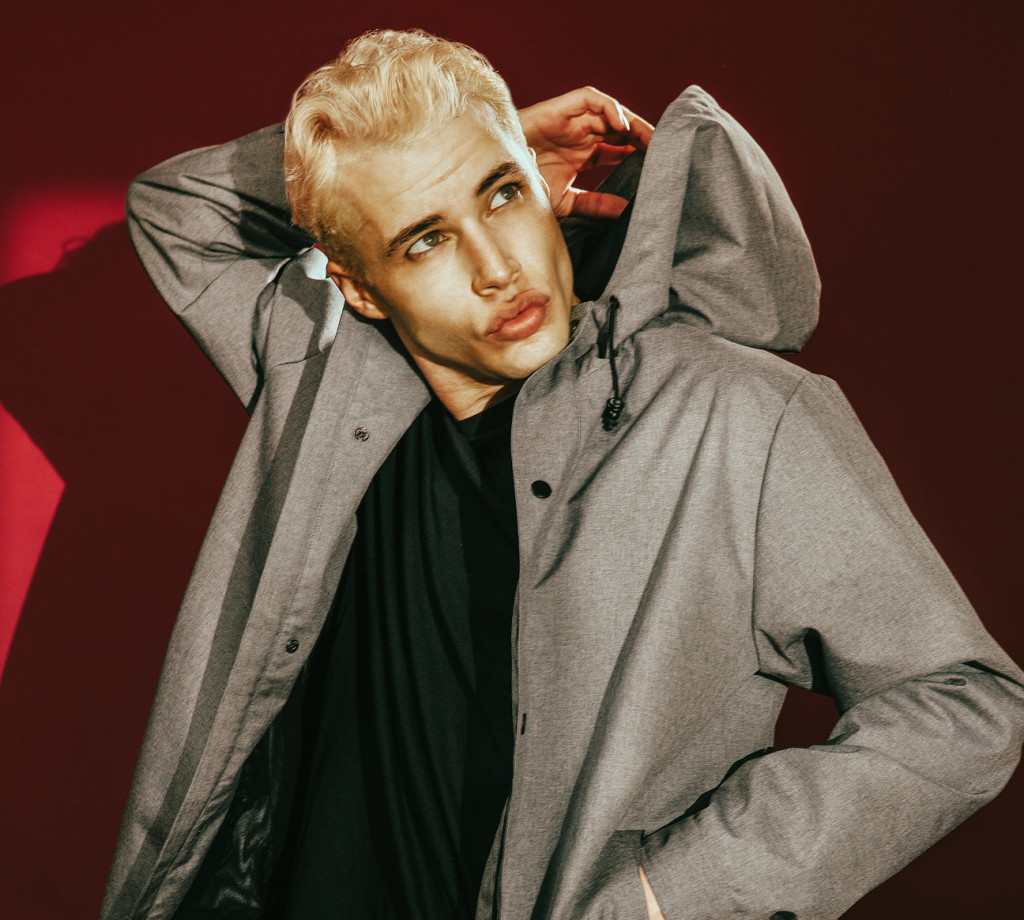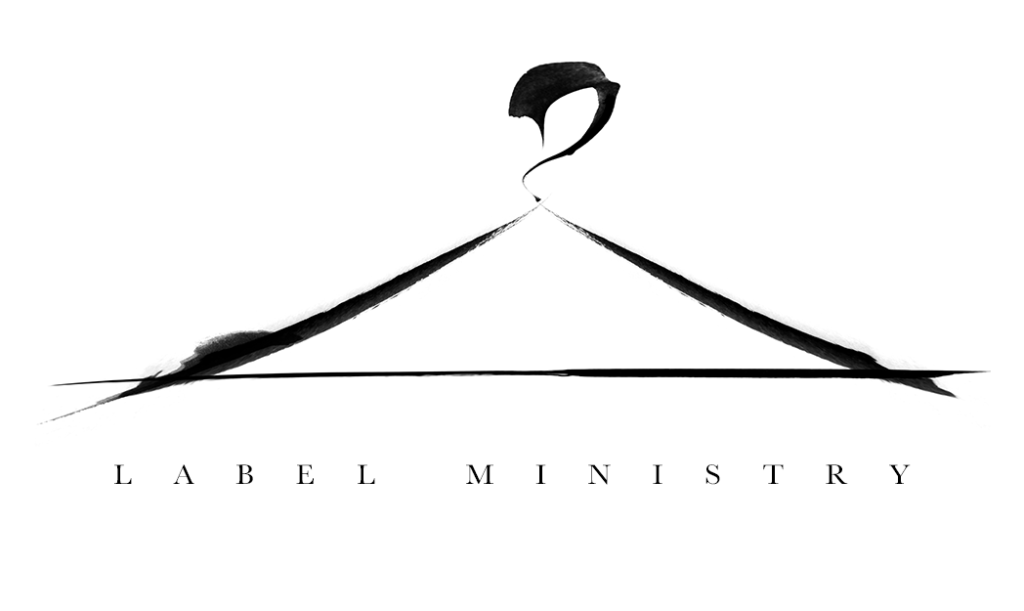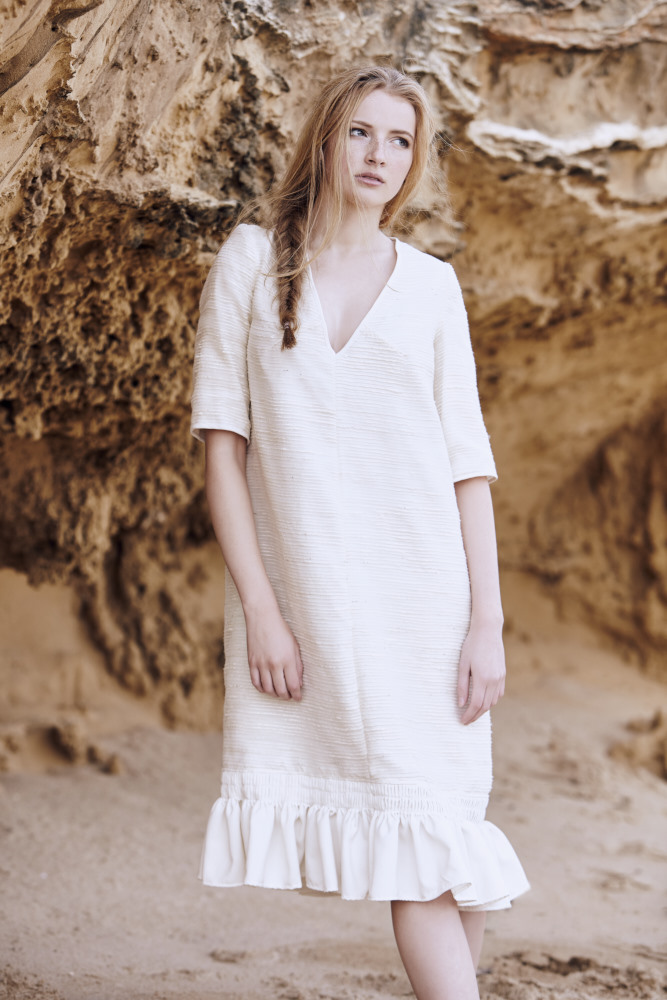“Fashion is the armor to survive the reality of everyday life
Bill Cunningham
I’ve always loved the word Fashionista, even though it is not young any more and has been totally overdone now.
How about Narcissista Fashionista? A little ugly I feel but in some cases, unfortunately does have a ring of honesty about it?
This article is not your conventional article about one’s love of fashion, although the author is most certainly a lover of not only fashion, but the industry itself. Perhaps I am one of the greatest lovers of fashion of all time. Every now and again I feel the need to express something that is really bothering me. Something I believe is affecting us all on some level.
As a woman who loves fashion, and wears it with pride and excitement I appreciate it as an art form. I revere the designers whose souls bleed passion and despair, and very often, blood, because they are so in love with their chosen trade. Business people they are often not, without the obvious trials and tribulations of learning, but without doubt, human fountains of talent and commitment to the industry they adore. That in itself captures my personal respect and dedication. And my desire to support them and become their complimentary PR company.
As a small child, I changed my outfits multiple times in a day. Why? Because I could.
I have no idea why I have always been so drawn to fashion. I was a little girl who loved colour, pattern, looking pretty and the very feel of a different fabric on my skin. Not to mention the obvious attention that I received from people around me when they noticed that I had created a gorgeously cute and colourful outfit which provided a visual spectacle. Remember of course, I was only five years old, so the scenario was a simple one.
As I became older, my love of fashion matured and grew with me. I realised that it was the key to one’s individuality and the express permission we give ourselves to authentically adorn the world with our chosen cloth.
Once upon a time, the concept of such was a given. The world of fashion and our chosen favourite fashion designers allowed us to explore the idea of individualism fully. We revelled in the idea of being happy with the way we looked and improving upon it. We did not feel the need to look twenty-five for our entire lives. We were not worried that if we had a line on our face that we might, and probably would be, put out to pasture. We knew that wisdom and life experience counted for something, and that when the journey of our lives started to show on our faces, it was something to be proud of. We did not spend money that we didn’t have on botox, injectibles, or augmentation of body parts that we did not need or could easily afford. I am not totally against these procedures, but I do believe that too much work can make us look like aliens to ourselves and others. We did not always obsess about all the hidden parts of ourselves, that no one even really sees or even wants to see, years ago. Correct me if I am wrong, but it almost seems like we have become totally obsessed with the parts of ourselves which are quite private. It seems normal to me now that nearly every second person sports at least one tattoo, piercing or very often both.
The value system and the things that we placed importance upon did not demand the spring of eternal youth, as it does now. Colouring our hair, colouring in our skin like colouring books, and creating hairless bodies and landscaping private pieces of ourselves so that we may be more acceptable to others, has almost become a full time occupation outside of our working lives.
No. We concentrated more fully on being the best we could be by developing ourselves, not changing our appearance.
When our culture, our society and our lives were culturally healthier than they are today, we used fashion to provide us with the vehicle we needed to develop our self confidence and underpin our creative expression of self through the unique canvas that God graciously gifted us.
Our desire to dress and our enjoyment of such created important growth and sustainability of local and global fashion industries. This growth provided ongoing opportunity for our wonderful creative minds to freely design, as individuals, and dare I say, created thousands of jobs. It afforded an atmosphere where confident designers could be inspired, driven by their own passion and be encouraged to create without the tsunami of suffocation caused by the commercial pressure to succeed and the current unsatisfactory model of mass fashion consciousness.
We were not stuck in the gridlock of limited choice and the destructive habit of purchasing fast, furious collections of fashion that flood our shopping malls at all too regular intervals.
We are continuously fed these sub-quality lines of fashion by the likes of fashion giants and seem happy to justify or just ignore the damage to our local industry, because they are cheap and feed our constant need for newness and crude consumerism. But that is the problem. The greedily take up the most prominent spaces in our shopping malls and steal our annual fashion spend.
The question is why?
Why have we forgotten our own? Why don’t we support our own breed of wonderful, unique, individual designers who used to have the courage to open stores and bravely show their collections every season?
I have the answer for you. It was because they knew that we would support them.
Sadly that is not the case any more. We can’t be bothered. Our fashion economy has become homogenised, crippled, and quite frankly pretty uninteresting. I believe that part of the problem is that we are expected to be happy wearing some or much of this limited offering and therefore are also expected, by-and-large, to be happy looking like everybody else.
To finish this article on a high note however, I am very pleased to report however that my recent visit to Melbourne Fashion Festival inspired me. I saw many wonderful collections, and witnessed much wonderful emerging talent. Young designers will full hearts and great enthusiasm for the industry they love.
Looks like the rules might just be starting to change … Hallelujah!
Until next time,
Jade xx















































